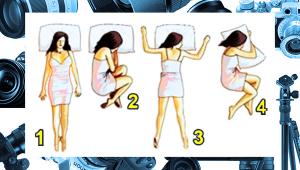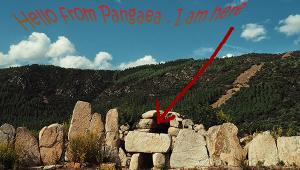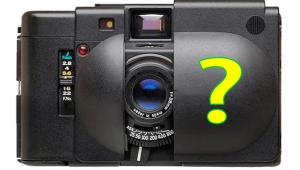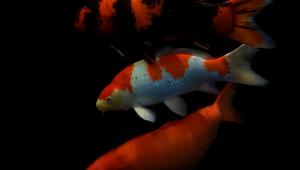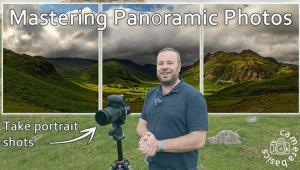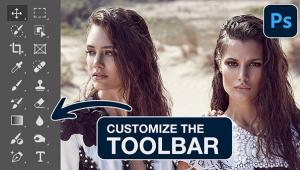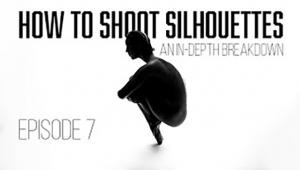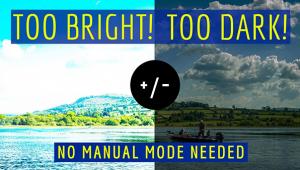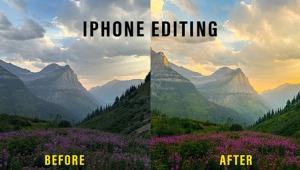Here’s How to Create Believable Photos of People Levitating: No Magical Powers Required

When Christopher James was a kid he frequently got lost in his daydreams, a place full of imagination and exploration he calls “The Deep.” These days as a photographer with an obvious sense of humor, he frequently returns to “The Deep” for inspiration.
“Every single one of my photos,” he says, “is a result of this ongoing journey”—a creative journey he loves to share with others.
In this informal tutorial, James provides his tips and tricks for creating images that look as though one’s subjects are levitating. James recommends shooting with a wide-angle lens (35mm or wider) for maximum depth of field and enough distortion so the model doesn’t look like it was a second image placed in the scene. He uses strategically placed supports under his models that can be edited out later.
Another way to avoid a “pasted-in” look is to pose models in such a way that they have some connection to the scene, either with a foot or hand touching the ground, or an appropriate shadow or reflection. And proper weight distribution is key: “The trick,” he says, ”is to make it impossible to tell where the supports are. “This sells the idea of someone actually floating and not just standing or sitting on something, he explains.”
James also stresses the importance of encouraging models to have a relaxed expression; no clinched fists, grimacing faces or tight shoulders. And instruct your models to point their toes, because as James says, “If you were floating there would be no reason for flat feet.”
In placing supports under his models, James says it’s important to do so in a way they can be easily edited out. You can see more examples of James’ unique imagery on his website and Instagram page.





